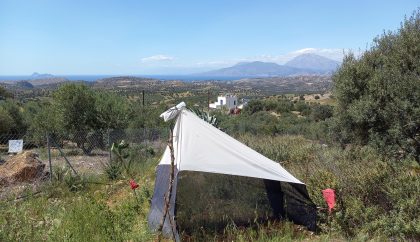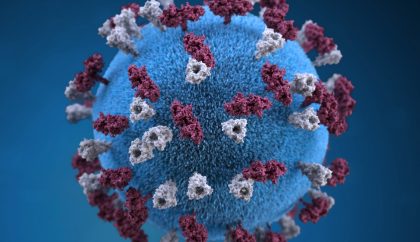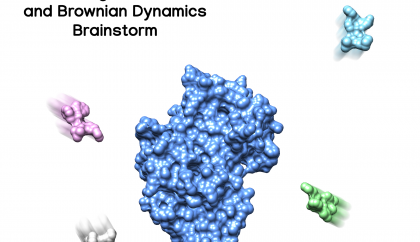
Traps and code: assessing insect biodiversity in Southern Crete
HITS group leader Alexandros Stamatakis (Computational Molecular Evolution) is one of the coordinators in a citizen science project to asses insect …

Putting computing power together against SARS-CoV-2
European scientists identified potent inhibitors of the SARS-CoV-2 main protease, a promising target for antiviral compounds.

Issue 1 | 2021
HITS welcomes new group leader Fabian Schneider, who started in January 2021. The astrophysicist is currently establishing his own research group “Stellar …

Corona variants: Tackle the bioinformatics bottleneck!
In the light of fast-spreading coronavirus variants, genomic surveillance has become of great importance to fight the pandemic. In a …

How can we rely on AI?
Statisticians from HITS, KIT, and Heidelberg University introduce the new “CORP” approach to better determine the reliability of forecasting methods. CORP …

104 minutes of science
In an online conversation, Casey Dunn, Professor of Ecology and Evolutionary Biology at Yale University, and HITS group leader Alexis Stamatakis …

MGMS Lecture: Rebecca Wade
Rebecca Wade, leader of the Molecular Modeling (MCM) group, is the lecturer for the 2020 Molecular Graphics and Modelling Society (MGMS) Lecture …

Welcome Liza!
A warm welcome to Liza who has recently joined the MBM group. Here are a few words from Liza about herself: …

Registration open: Biological Diffusion and Brownian Dynamics Brainstorm 5 (BDBDB5)
Biological Diffusion and Brownian Dynamics Brainstorm 5 (BDBDB5: https://bdbdb.h-its.org/) will take place in virtual format on 24-25 …

Siobhan Roberts – Journalist in Residence 2020
The Canadian science journalist and author Siobhan Roberts was the HITS “Journalist in Residence” 2020. Siobhan Roberts has worked as a freelance …